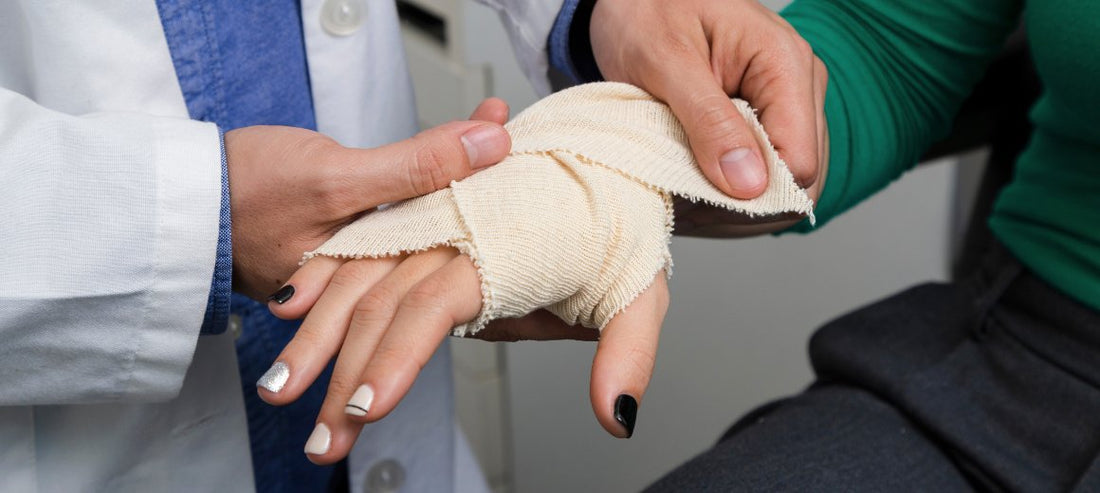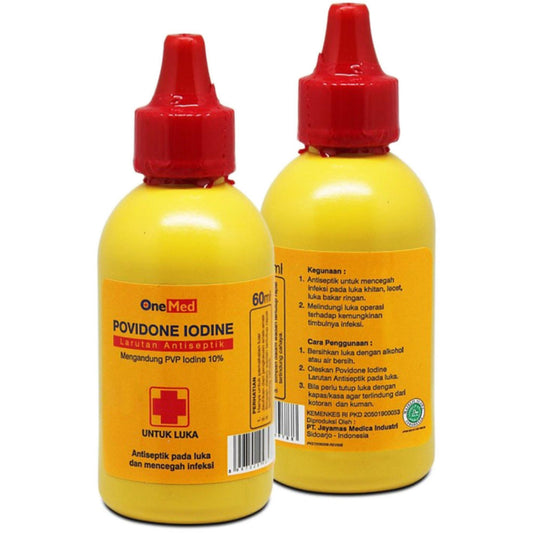
Hand Fractures Can Be Worse Than You Think! Get to Know the Symptoms and How to Treat Them Here!
A hand fracture is an injury that often occurs due to an accident or direct trauma to the wrist or forearm. The major bones in the hand, such as the radius and ulna, are susceptible to breaking when there is a strong impact, such as when falling with the hand outstretched or backward, or due to the force of an accident.
Symptoms of a hand fracture vary depending on its location and severity. Sufferers usually experience intense pain, swelling, and bruising, as well as difficulty moving or using the injured hand. This injury also often causes deformity or changes in the shape of the wrist, which can be clearly seen due to the impact of the trauma. 
Types of Hand Fractures
The hand has 10 different bones, and fracture injuries generally involve one or more of these bones with various break patterns, including:
- Colles fracture : Occurs due to falling with the hand in a supine position, causing the wrist to bend backwards. In this fracture, the broken part of the radius bone slopes upwards towards the back of the hand.
- Smith fracture : Occurs when falling with the hand flexed forward. In this injury, the broken part of the radius bone slopes down towards the palm side of the hand.
In addition, hand fractures also have several further classifications, including:
- Intra-articular fracture : An injury that extends into the wrist joint.
- Extra-articular fracture : A fracture that does not extend into the wrist joint area.
- Open fracture : An injury where the broken bone penetrates the skin, requiring medical attention due to the risk of infection.
- Comminuted fracture : A condition in which the bone breaks into more than two pieces, making it more complex and requiring special attention.

Symptoms and Causes of Hand Fractures
Hand fractures are often marked by a variety of symptoms, although the intensity and type can vary depending on the location and type of fracture. Some common symptoms that often appear include:
- Intense pain
- Swelling
- Redness in the area of injury
- Bruise
- Stiffness in the joints
- Wrist that looks bent
- Numbness or numbness in the fingertips
These symptoms can vary from mild to severe, depending on the severity of the injury. The most common cause of a hand fracture is a fall on an outstretched hand where the wrist bends to break the fall.
Causal and Risk Factors
Wrist fractures can occur at any age. In young people, these fractures are usually caused by incidents such as falls from a height, car accidents, or sports injuries. While in older people, especially those over 60 years of age, fractures are more often caused by body imbalances that cause falls, especially if they have osteoporosis which weakens the bones.
Other factors that can increase the risk of hand fractures include:
- Low bone density (osteoporosis)
- Female gender
- Medical history or certain diseases
- Early menopause
Knowledge of the symptoms, causes, and risk factors for hand fractures is important because it can detect this condition quickly so that appropriate treatment can be taken.

Hand Fracture Complications to Watch Out For
Hand fractures can trigger various complications, depending on the severity of the injury and the structures affected. Some of these include:
- Torn arm tendons : Severe hand injuries can cause torn tendons or tendons in the arm, especially if great force is involved.
- Carpal tunnel syndrome (CTS) : Occurs when the median nerve in the wrist is compressed, triggering symptoms such as tingling, numbness, or pain in the fingers and hand.
- Compartment syndrome : A serious condition characterized by high pressure within the muscles or tissues of the wrist, which can cause nerve and blood vessel damage.
- Complex regional pain syndrome (CRPS) : A chronic condition that causes excessive pain, changes in skin color, and high sensitivity in the injured area.
- Wrist arthritis : Fractures can increase the risk of arthritis in the wrist due to structural damage that changes the function of the joint.
Hand fractures are usually diagnosed through a physical examination and supported by X-rays to see the location and type of fracture. If necessary, doctors can also use advanced tests such as CT Scans or MRIs to evaluate injuries involving ligaments, tendons, nerves, or muscles.
Treatment for a hand fracture depends on the type and severity of the fracture, the patient's age, activity level, and the part of the hand affected. Initial steps include ensuring the bone is positioned back into place. A cast or wrist support is usually needed to keep the bone stable while it heals.
If you need wrist support or other medical devices for treating a broken hand, you can get it all at The Kingdom Shop , a trusted online store with a collection of quality medical devices that are ready to be shipped safely.














